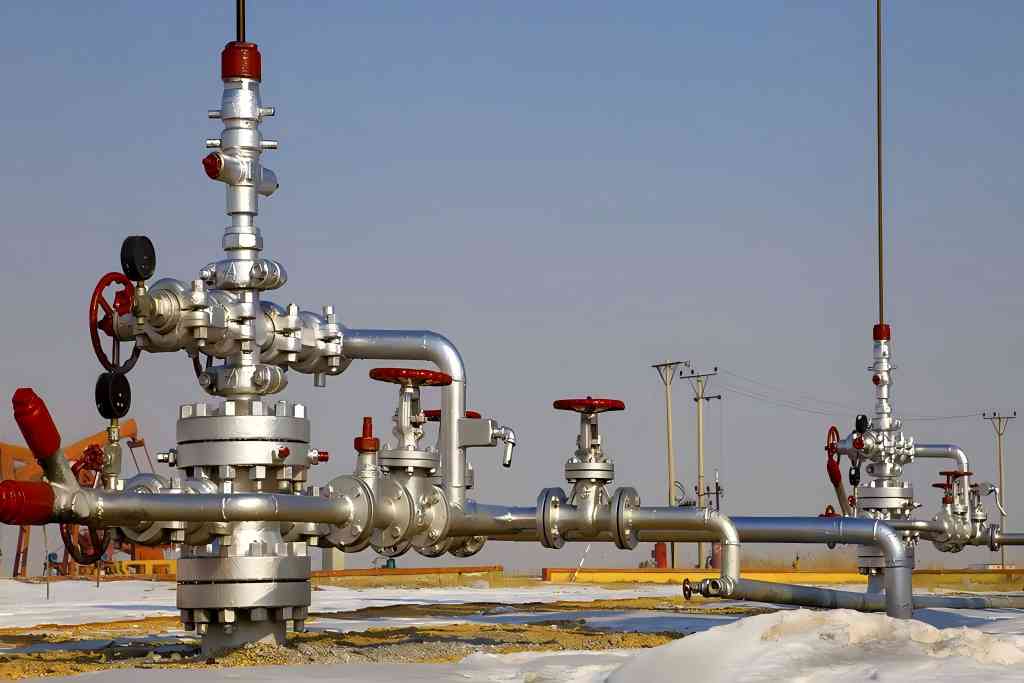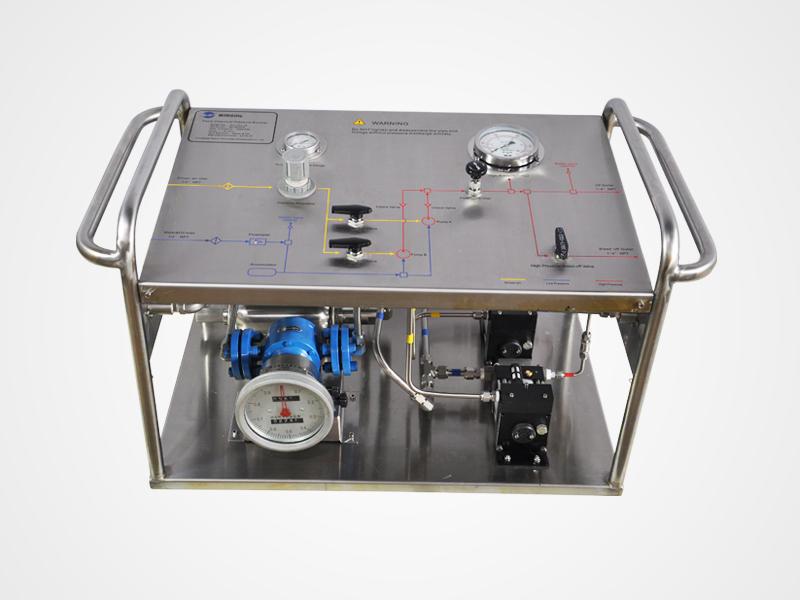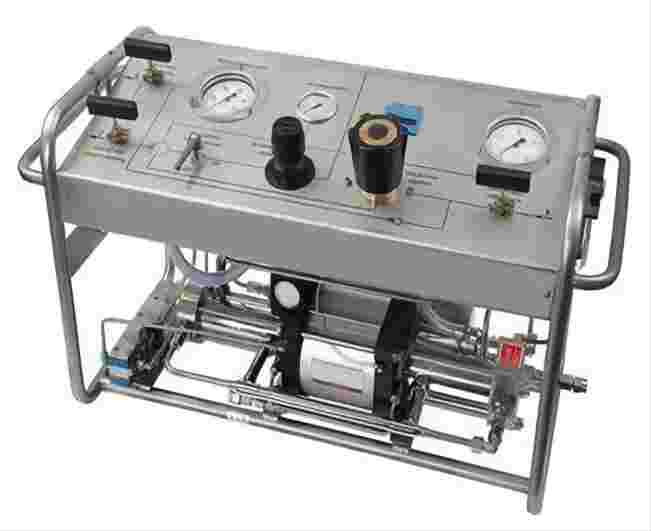The Crucial Role of Pressure Testing Machines in Ensuring System Safety and Reliability
In the realm of industrial applications, ensuring the safety and reliability of pressurized systems is paramount. Pressure testing machines play a crucial role in achieving this objective by subjecting components and systems to controlled pressure loads, enabling the detection of weaknesses, leaks, or potential failures before they can lead to catastrophic events. This comprehensive guide delves into the world of pressure testing machines, exploring their types, applications, and essential considerations for selecting the right machine for specific needs.
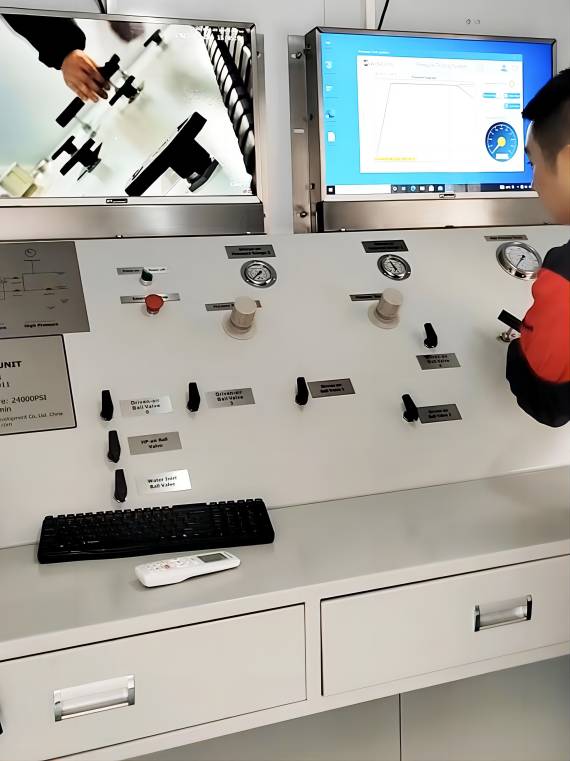
Types of Pressure Testing Machines
A wide range of pressure testing machines cater to specific applications and testing requirements. The three main types of pressure testing machines are:
Hydrostatic Testing Equipment
Hydrostatic testing equipment utilizes water or another liquid as the testing medium. It is commonly used for testing piping systems, pressure vessels, and other components that are designed to handle liquids. The working principle involves applying hydraulic pressure to the test object, gradually increasing the pressure until it reaches the desired test pressure or until a failure occurs.
Applications:
– Testing of piping systems, pressure vessels, and storage tanks
– Leak detection and pressure integrity assessment
– Quality control and assurance in manufacturing processes
Advantages:
– Relatively simple and cost-effective
– Suitable for testing a wide range of materials
– Provides accurate and reliable results
Limitations:
– Water can cause corrosion to certain materials
– Disposal of contaminated water may require additional treatment
– Not suitable for testing components that cannot be filled with liquid
Air Pressure Testing Machine
Air pressure testing machines utilize compressed air as the testing medium. They are commonly used for testing components that are designed to handle compressed air, such as pneumatic systems, valves, and actuators. The working principle involves applying pneumatic pressure to the test object, gradually increasing the pressure until it reaches the desired test pressure or until a failure occurs.
Applications:
– Testing of pneumatic systems, valves, and actuators
– Leak detection and pressure integrity assessment
– Quality control and assurance in manufacturing processes
Advantages:
– Clean and dry testing environment, minimizing corrosion concerns
– Suitable for testing components that cannot be filled with liquid
– Rapid pressurization and depressurization cycles
Limitations:
– Requires a reliable source of compressed air
– May not be suitable for testing high-pressure components
– Safety precautions are essential to prevent sudden pressure releases
Burst Pressure Testing Machine
Burst pressure testing machines are designed to determine the maximum pressure a component can withstand before failing. They are commonly used for testing components that are subjected to extreme pressure conditions, such as hydraulic hoses, pressure vessels, and safety valves. The working principle involves applying increasing pressure to the test object until it bursts or reaches a predetermined pressure limit.
Applications:
– Determining the burst pressure of components
– Evaluating the strength and durability of materials
– Research and development of new materials and technologies
Advantages:
– Provides valuable information about the ultimate pressure capacity of components
– Identifies potential failure points and weaknesses
– Contributes to the design and optimization of pressure-critical systems
Limitations:
– Destructive testing method, as the component is intentionally destroyed
– Requires specialized equipment and expertise
– Safety precautions are paramount to prevent uncontrolled failures

Factors to Consider When Choosing a Pressure Testing Machine
Selecting the appropriate pressure testing machine for a specific application requires careful consideration of several factors:
- Pressure Range and Capacity: The pressure range and capacity of the machine should align with the expected operating pressure of the test object. Overestimating the required pressure range can lead to unnecessary costs, while underestimating it may compromise the effectiveness of the testing procedure.
- Type of Fluid or Gas to be Used: The compatibility of the pressure testing machine with the fluid or gas being used is crucial. For instance, if testing a hydraulic system, the machine should be designed to handle the specific type of hydraulic fluid being used.
- Accuracy and Repeatability: The accuracy and repeatability of the machine’s pressure measurement system are essential for obtaining reliable test results. High-precision machines are particularly important for critical applications where small pressure variations can have significant consequences.
- Ease of Operation and Maintenance: The user-friendliness of the machine’s interface and the availability of maintenance documentation are important factors for ensuring efficient and safe operation.
- Safety Features and Compliance with Industry Standards: The machine should incorporate safety features such as pressure relief valves, interlocks, and emergency stop buttons to minimize the risk of accidents. Additionally, compliance with relevant industry standards, such as ASME or CE, is essential to ensure the machine meets regulatory requirements.
Applications of Pressure Testing Machines
Pressure testing machines play a critical role in various industries and applications, including:
- Testing of Piping Systems and Pressure Vessels: Pressure testing is essential for ensuring the integrity of piping systems and pressure vessels used in various industries, such as oil and gas, chemical processing, and power generation.
- Quality Control and Assurance: Pressure testing is an integral part of quality control and assurance procedures in manufacturing processes. It helps identify and eliminate defects before components are installed or used in critical applications.
- Leak Detection and Maintenance: Pressure testing can be used to detect leaks in pressurized systems, helping prevent potential failures and environmental hazards. It is also employed in maintenance practices to ensure the continued integrity of systems.
- Research and Development: Pressure testing is a valuable tool in research and development, enabling the evaluation of new materials, designs, and technologies for pressure-containing applications.
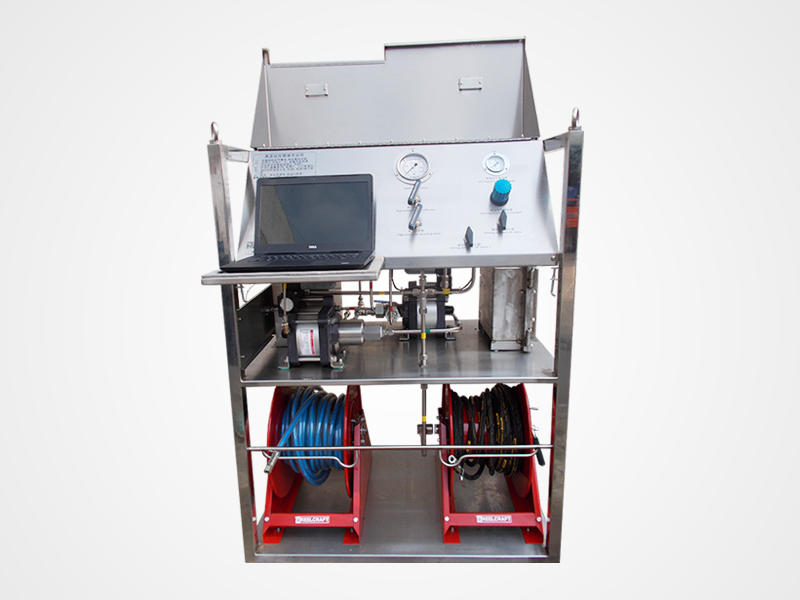
Conclusion
Pressure testing machines play a vital role in ensuring the safety and reliability of pressurized systems across various industries. By understanding the different types of pressure testing machines, their applications, and the factors to consider when selecting the appropriate machine, engineers, technicians, and safety professionals can effectively safeguard pressurized systems, minimizing the risk of failures and protecting lives and property.


